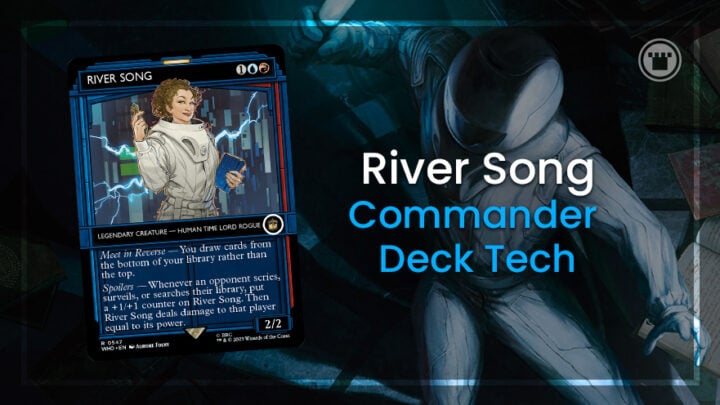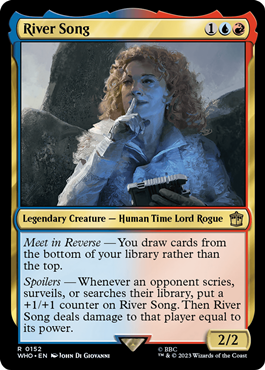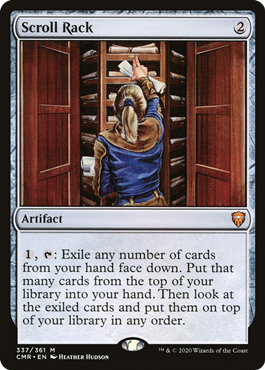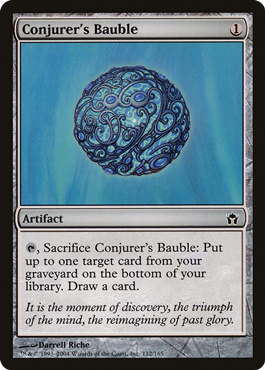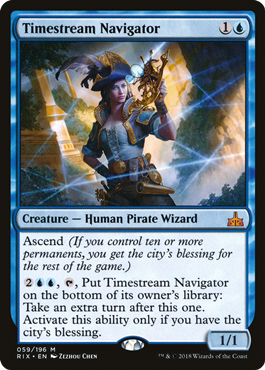River Song is one of the most exciting Commander cards from the Doctor Who set due to the unique way she changes your play-experience — but maximizing her capabilities can be tough. So, today we’re going to do a deck tech and make the building process much easier.
That said, Commander, as a format, is a lot of things to many people. Meanwhile, you may be familiar with me from the 60 card “competitive” formats. However, that’s the last mention of the C word in this article. For me, Commander (the other c word?) is a place to really flex my creative side and show off some cooler deck building, even if the results aren’t the strongest.
That means this River song deck is about abusing her unique draw from bottom clause and less about winning the game. If this list can make a few people at the table go “oh that’s cool!” or “oh that’s broken, kill him!”, that’s a win in my book.
The Commander
River Song has two unique abilities. The first is “meet in reverse:” you draw from the bottom of your deck instead of the top.
This is an incredibly cool line of text on a card. It makes you think about all of your cards in a whole new light. For example, the card you look at when resolving Counterbalance will not change, meaning you can more easily set up locks with it.
River also has another ability, “spoilers,” which will punish players for scrying and tutoring. This damage can add up, but I am not trying to abuse that part of the card.
Despite that, I do hate tutors — so River song punishing them really speaks to my heart. In my opinion, tutors take away from the 100 card nature of the format and just become redundant copies of the same card(s). Plus, they’re just strong cards that take away from the spirit of Commander.
Anyway, with that said, let’s quickly break down how we plan to build this deck. First, know that I don’t want games to go past an hour, on average. It’s fine if sometimes we have epic struggles but I am too old for three hour games of Commander. Beyond that, we’re breaking this guide down into three sections that touch on the main pillars of the deck.
Step one: play all the Time-Wimey weird cards
The first thing you want to do in this deck is find all the cards that care about the top and bottom of your deck — though particularly the latter. There are lots of cards that will let you guarantee your next draw that otherwise are often passed over.
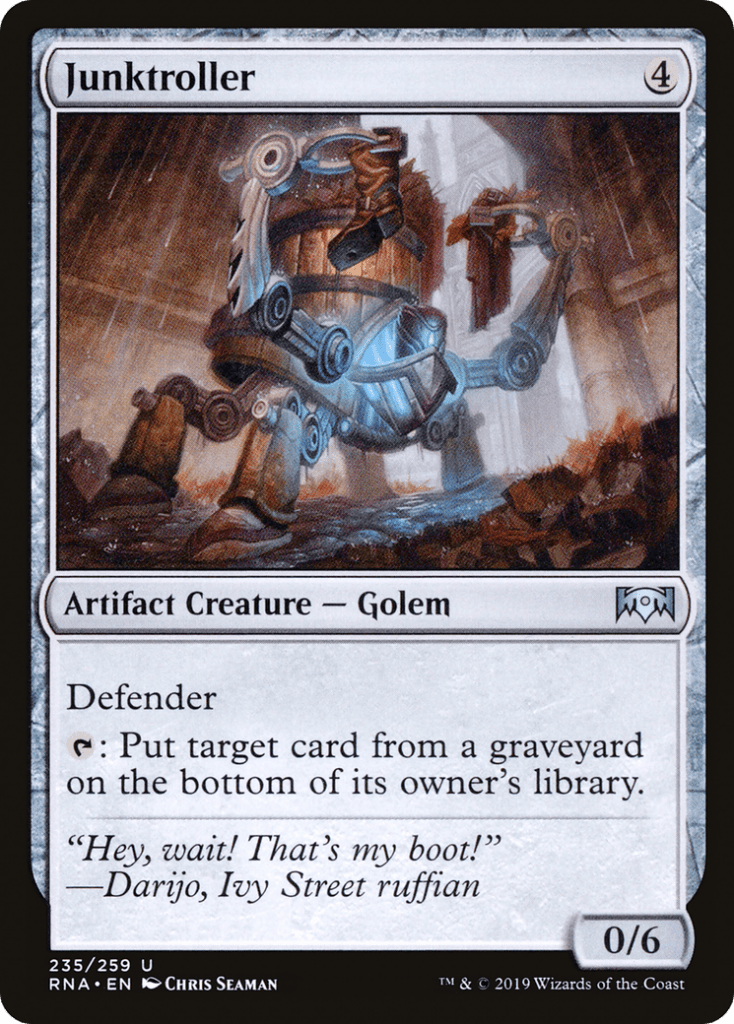
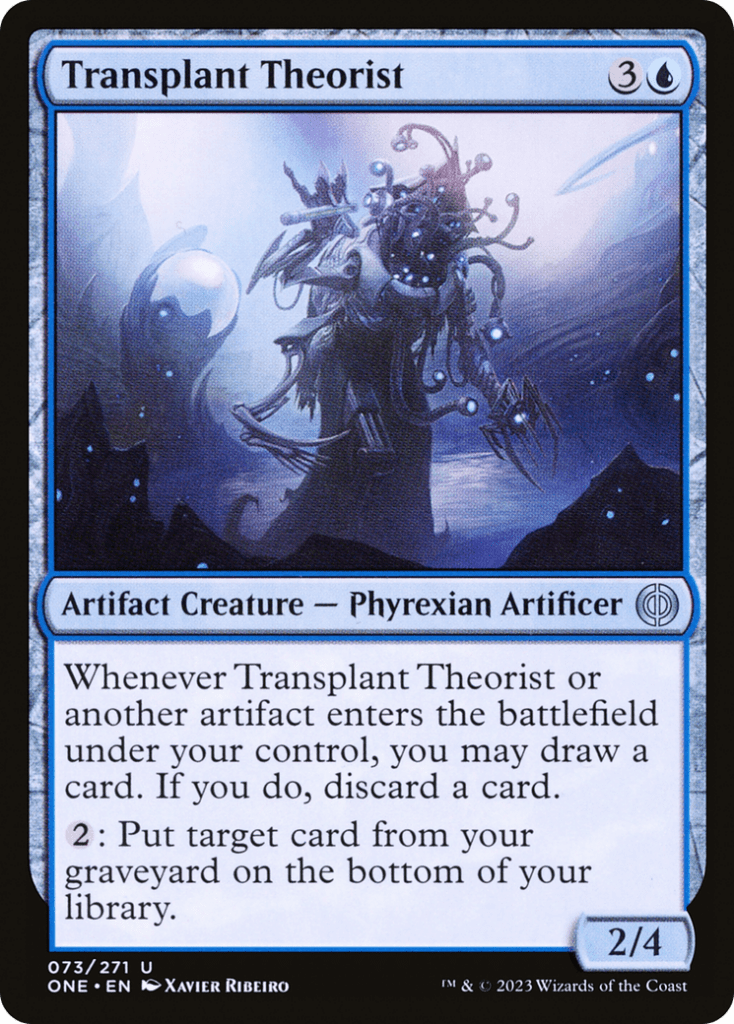
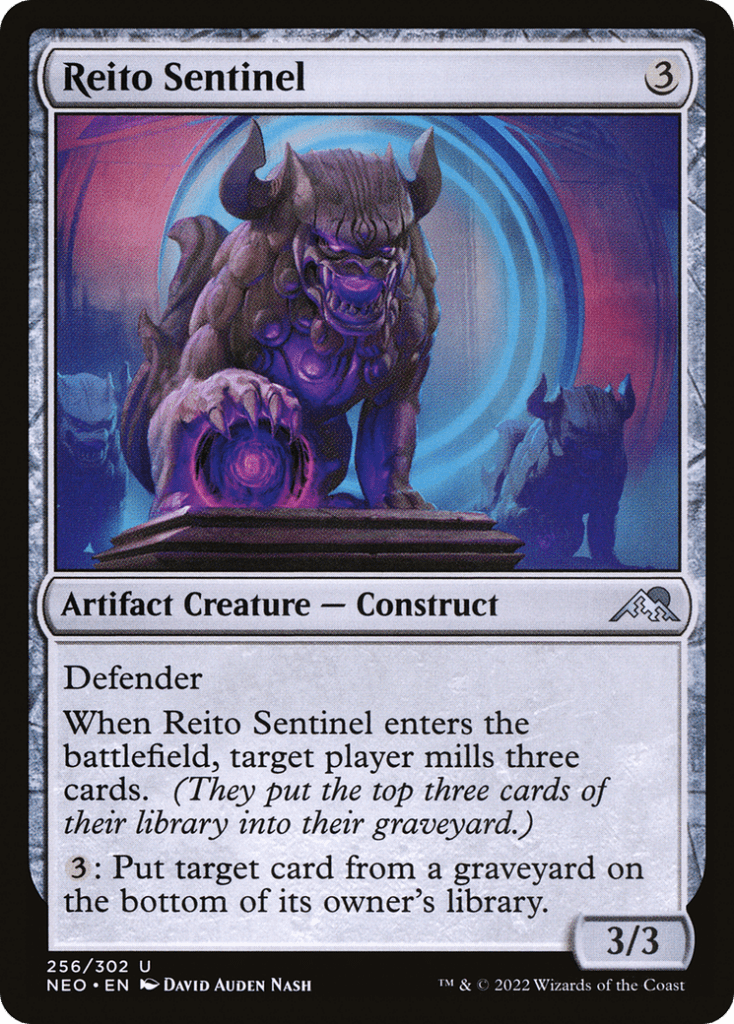
Junktroller is a good example of this, and you can easily go infinite with River if you have an extra turn spell that you get to keep drawing. But Junktroller also lets you do things like just find the answer to a problem after you have already used said answer! As a result, we have a few versions of the effect through cards like Transplant Theorist and Reito Sentinel.

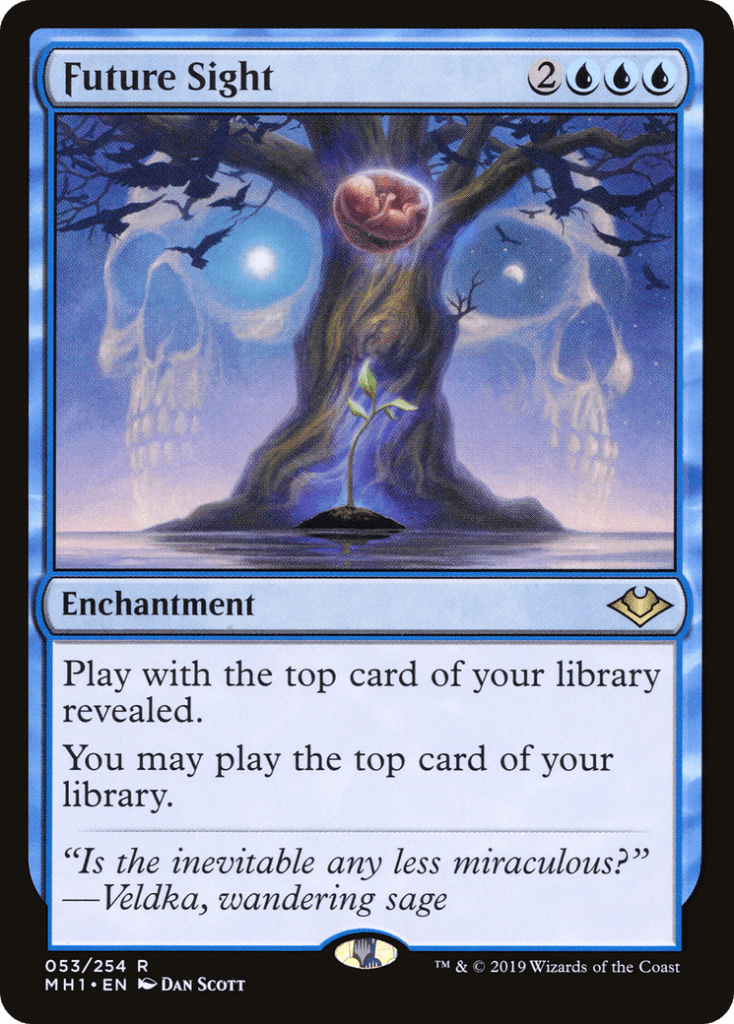
Meanwhile, Melek, Izzet Paragon is a fairly common card in some Izzet decks — but here it’s a way to actually change the top of our deck. We have cards like Future Sight as well, which allows you to have more card advantage while also clearing the top of your deck. Clearing the top of your deck can be very important with River Song.
This deck also plays Commander favorite, Scroll Rack. Early on, your activations are incredibly powerful because you won’t redraw those cards that were in your hand to start the turn since you draw off the bottom of your deck (and Rack puts them on top).
We have a similar thing going on with Brainstorm and Brainstone. Your Predicts also do great work at clearing the top of our deck. You can set a card and leave it there for 2-3 turns. Then, you predict it away.
Step two: make the weird engines work
This deck has a lot of the usual suspects you’ll find in any Commander deck, but we’re not going to waste time with those. Let’s explore some of the weirder additions.
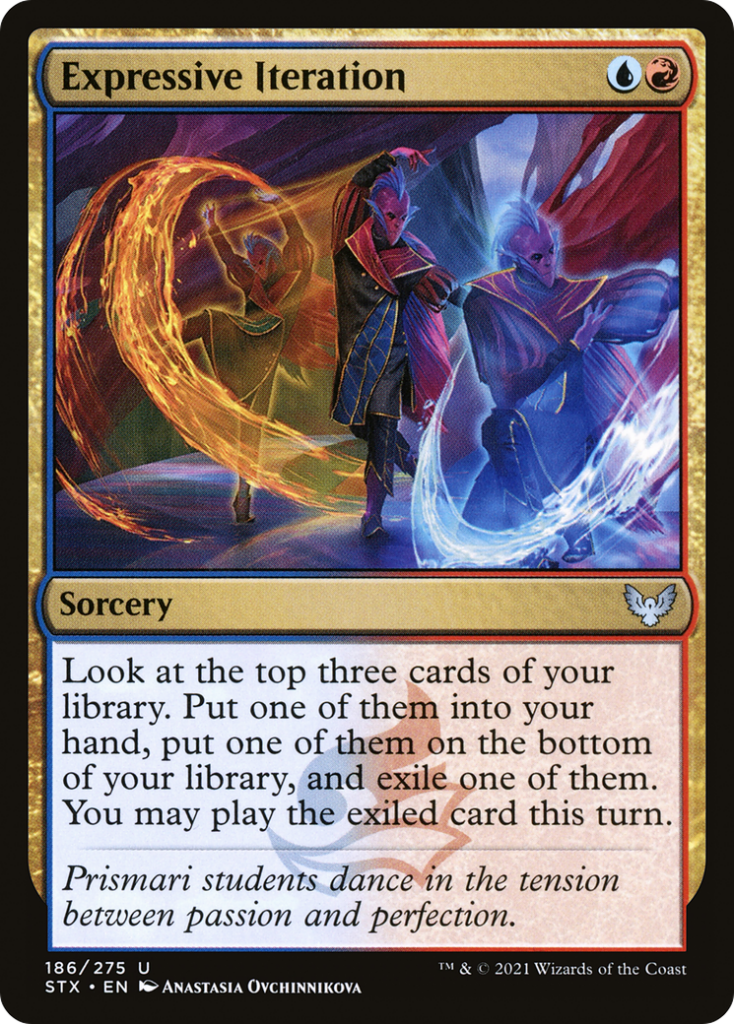
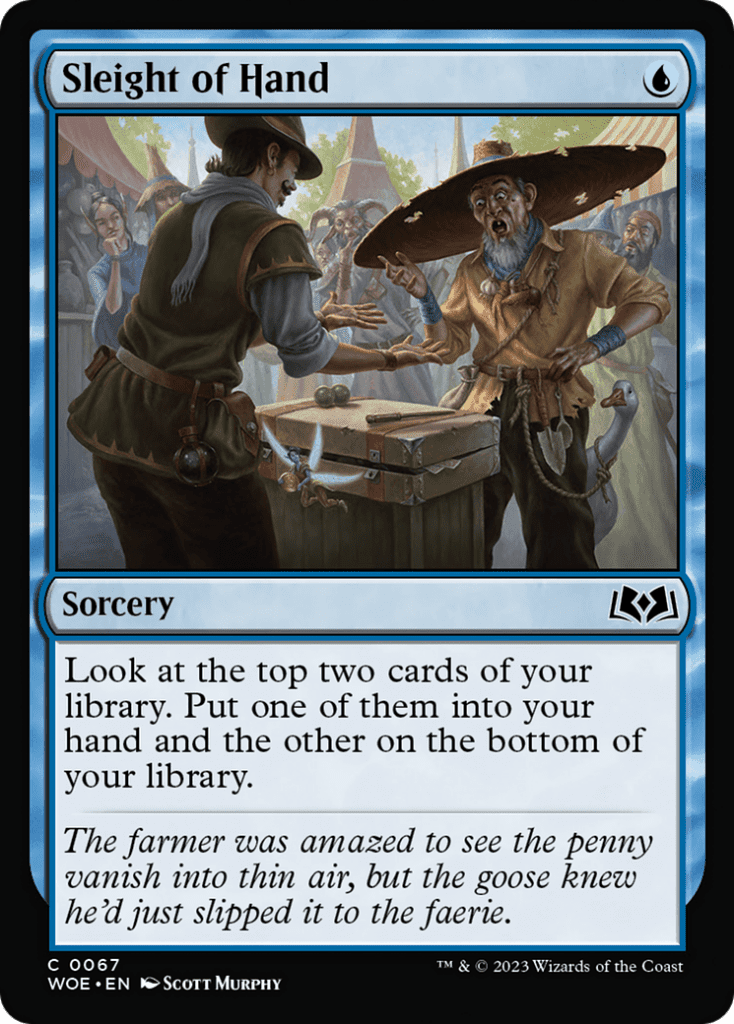
This deck has a lot of sweet interactions with some of the blue card selection and advantage cards. For example, Sleight of Hand just puts the card you don’t pick “on top of your deck” if your commander is out. Similarly, Expressive Iteration does the same.
But if you play Preordain, you might be better off leaving a card on top compared to scrying to the bottom. That, in general, is something to remember because scrying is much worse with River.
Next, Conjurer’s Bauble is another cool option that puts a card in your graveyard on the bottom of your deck, and then you draw a card. Basically it’s a one mana Regrowth in this deck.
Shuffle effects are also very important in this deck, so we play all the fetch lands we can (though feel free to swap those out if you want a cheaper deck). While a lot of our deck is about setting up the draw step, we are going to have spots where the top of the deck is stuck in a way that isn’t productive.
Imagine Scroll Rack has thrown cards on top and we need them now. Having a way to shuffle will be clutch more so than normal so cards don’t get lost in the abyss of time.
Step three: win the game
We are going to take infinite turns. It may not be exciting, but it gets the job done (plus it’s on theme for Doctor Who).
Timestream Navigator is a cool card for this since she placed herself on bottom, meaning you will automatically draw her every turn. But since we’re seeing so many cards (usually in a different way), it at least casts infinite turns in a new light.
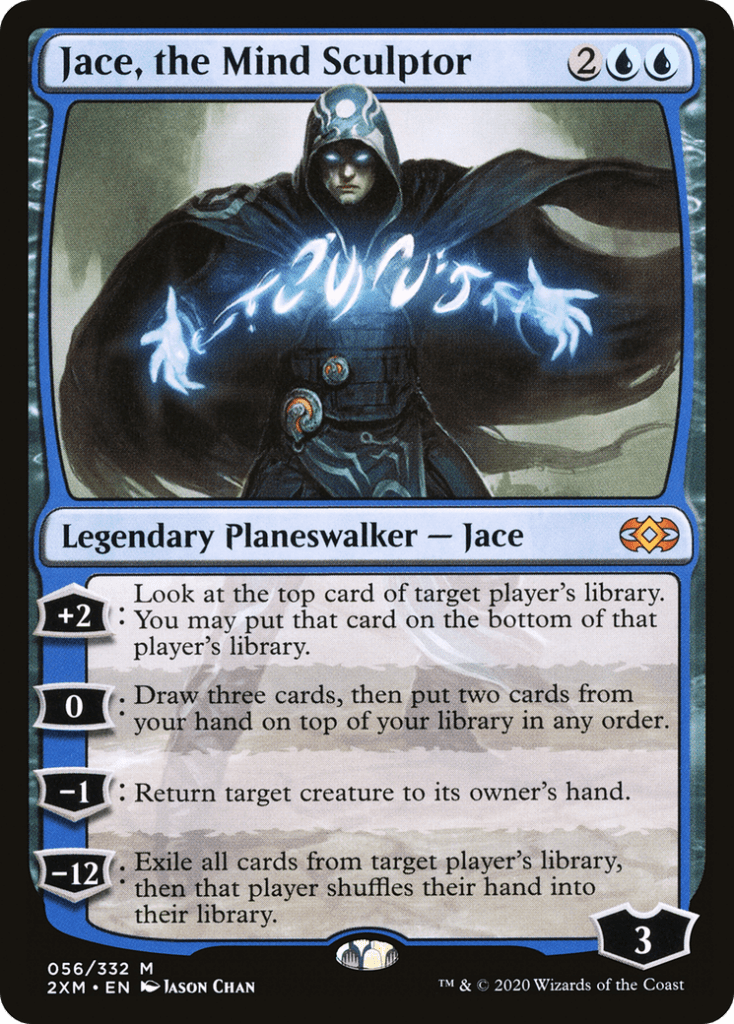
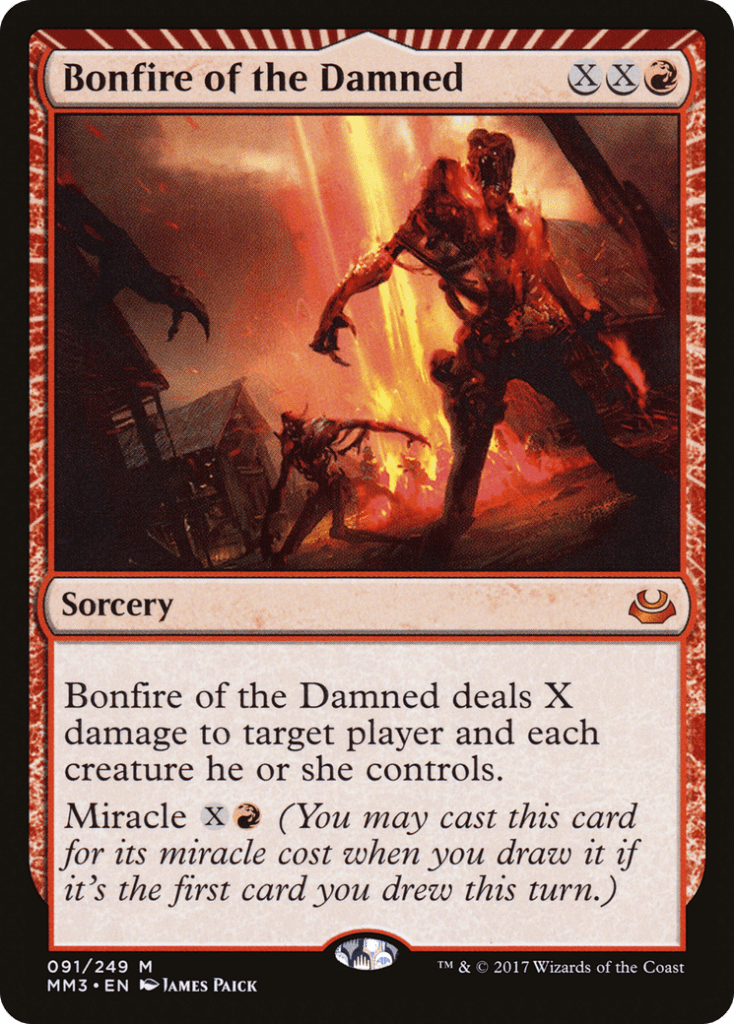
Anyway, once you have infinite turns, winning is fairly trivial. My win con of choice is getting all my lands in play thanks to extra effects like Jace, the Mind Sculptor and either ultimating him a few times on players or getting all the lands in play and then casting a huge Bonfire of the Damned.
Anyway, here’s the full deck list if you want to copy it directly. I hope you enjoy this take on one of the most unusual Commanders added to Magic in some time!
Meanwhile, what do you think? Does this deck get you excited to combo out the table? Or is this just another boring spike deck? Let me know @masoneclark and tell me what you think!

Mason Clark is a grinder in every corner of the game who has played at the pro level and on the SCG Tour with Team Nova. Whether he’s competing in Standard, Historic or Modern, Mason plays with one goal in mind: to be a better player than he was the day before. Check out his podcast, Constructed Criticism, and catch his streams on Twitch.

